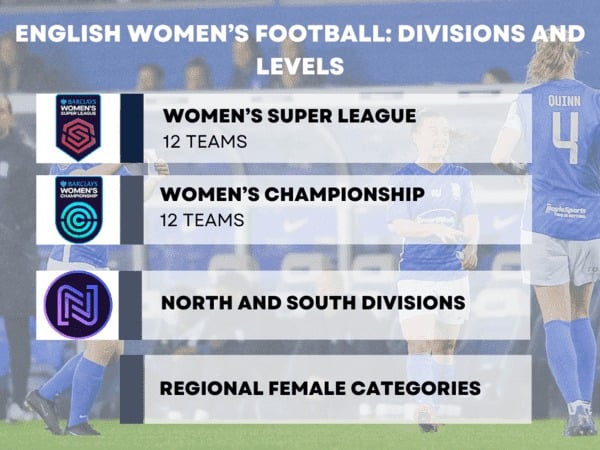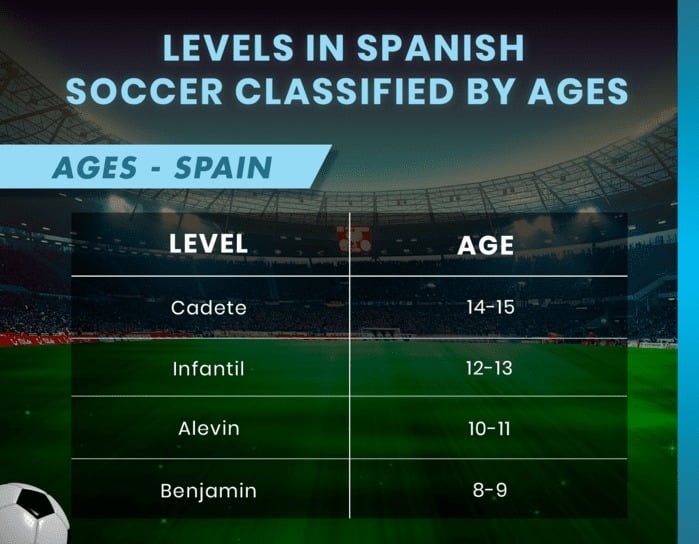You know, I never intended to become an expert on youth football age categories. Not at all. I just wanted to sign up my nephew, Leo, for a big regional tournament near the coast. Our local league uses simple birth-year groupings, the typical ‘U followed by the age.’ Seemed straightforward enough.

I was dead wrong.
The Age Confusion That Started It All
I started the registration process and immediately hit a wall. Our local association had Leo listed as U11 based on his birth year. The coastal tournament, run by a different national body affiliate, used a September 1st cutoff date. So, based on when their season started, he suddenly bumped up to U12. The system refused the registration.
I spent an entire afternoon wrestling with PDF rule books. I called the local league guy; he said they follow the old guidelines. I called the tournament organizer; they said they implemented the new mandate from the national body. I felt like I was trying to compare apples to oranges, except both apples and oranges were called “Under 12,” but they tasted completely different.
I realized this wasn’t just a minor administrative glitch. This was a systematic mess. If I, an otherwise organized guy, couldn’t figure out which box to tick, how were thousands of parents and small-town coaches coping? I decided then and there that I wasn’t going to just patch up Leo’s registration; I was going to build a reference tool that finally made sense of the whole damn thing.
I Dug for the Primary Sources
My first step was rejecting every single chart I found on Google. Most of them were six years old, or worse, specific to one tiny corner of the country. I needed to go right to the source. I spent the better part of a Saturday morning:

- I pulled the official registration rulebook from the main national soccer organization. I wasn’t interested in the easy summary; I wanted the exact text defining the seasonal year.
- I downloaded the latest rules from the big international bodies—the ones that govern the European leagues and major South American tournaments. Why? Because a lot of regional US tournaments try to mimic their structure, especially when they use academy rules.
- I compared the fundamental logic. Most leagues either use the Calendar Year (January 1st to December 31st) or the Seasonal Year (August 1st/September 1st to July 31st). That comparison was the key I was missing.
I quickly noticed that the difference wasn’t the age limit itself, but the date they used to determine it. For example, a Calendar Year system means everyone born in 2014 is U10 for the entire 2024 year. A Seasonal Year system means the U10 group includes kids born between Sept 1, 2013, and Aug 31, 2014, and that group stays together until the next seasonal cycle.
Building the Simple Comparison Grid
The data I collected was messy, scattered across long documents and acronyms nobody understands. So I scraped it all together and threw it into a big, ugly spreadsheet. I didn’t use fancy software; just a standard spreadsheet program. I needed simplicity.
I mapped out the years horizontally. Then, I created three key columns vertically:
- Standard US Youth Soccer (Seasonal Cutoff): This column showed which age group corresponded to a specific birth year based on the typical September 1st rule.
- Major Tournament/International (Calendar Year): This showed the simplest, birth-year-only approach.
- The Age Spread: This was the critical part. I calculated the actual age difference in months for a player moving from one system to the other. This showed me if a player was going to be one of the oldest in the group or one of the youngest.
It took me longer than I care to admit to nail down the exact formulas, but once I locked them in, the results were instantly clear. I could plug in a birth year, and the sheet would spit out what they were called in three different league structures. No more guessing, no more relying on outdated websites.
The Realization and the Payoff
What I realized was that this complexity often causes real problems for kids. A player who is a late-bloomer might be fine in a Calendar Year system, but suddenly struggles when thrust into a Seasonal Year system where he is competing against kids nearly a full year older than him. This tool wasn’t just about registration; it was about finding the right competitive environment for the kid.

The payoff was immediate. When I finally went back to register Leo, I knew exactly what information the system was looking for and why they classified him as U12. I was able to explain to the tournament organizer, with confidence, why their criteria differed from ours, and we fixed the glitch in under five minutes. Before this, that conversation would have been an hour of frustrated back-and-forth.
This whole practice, from confusion to construction, cost me a full weekend, but it gained me a clear, organized system. I cleaned up the spreadsheet and turned it into the simple comparison chart I now use every season. It makes comparing local league levels against major academy levels utterly painless. Trust me, if you’re coaching or managing a traveling team, you absolutely need to stop trusting random forum posts and start building your own reliable framework like I did.
